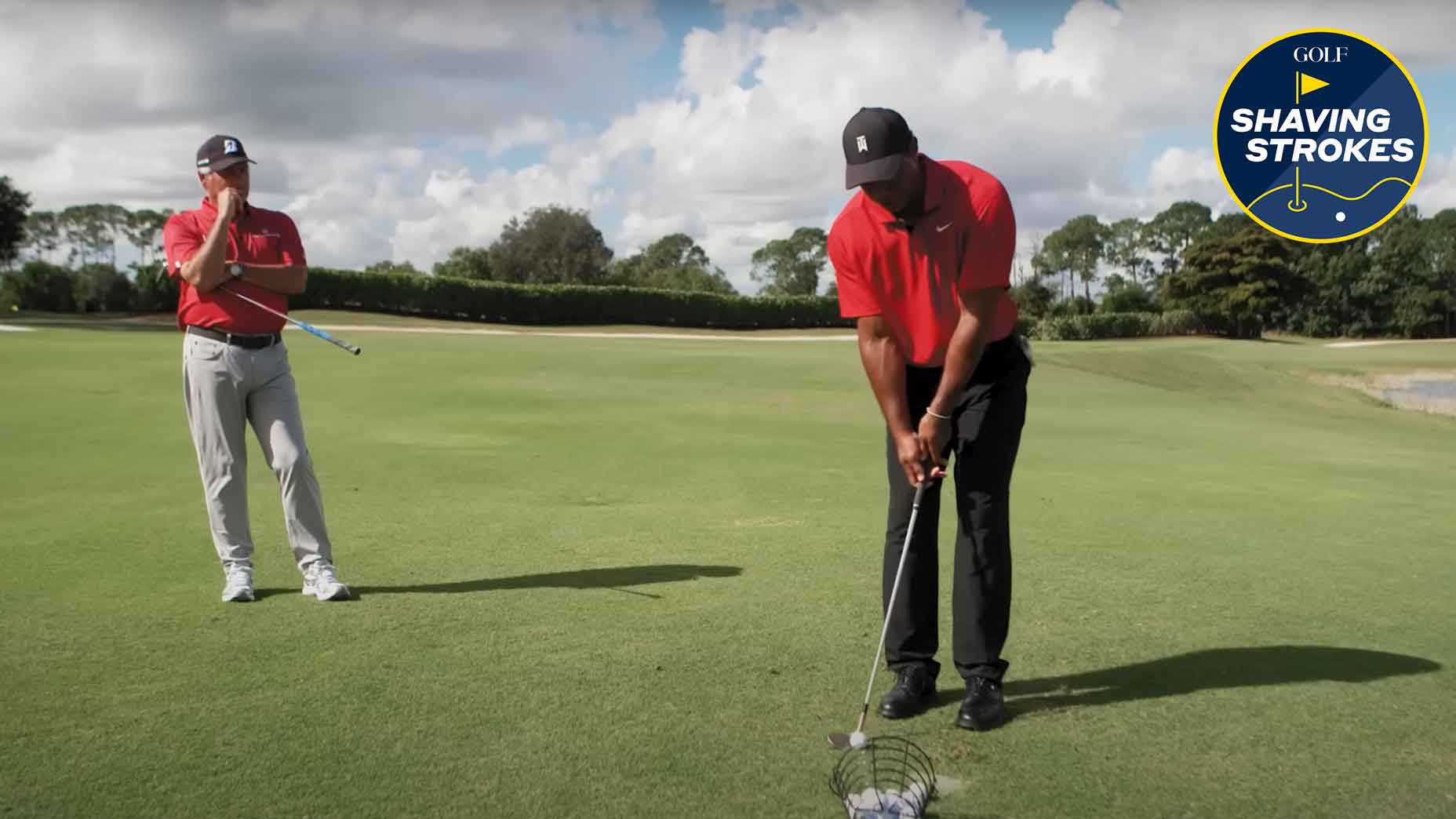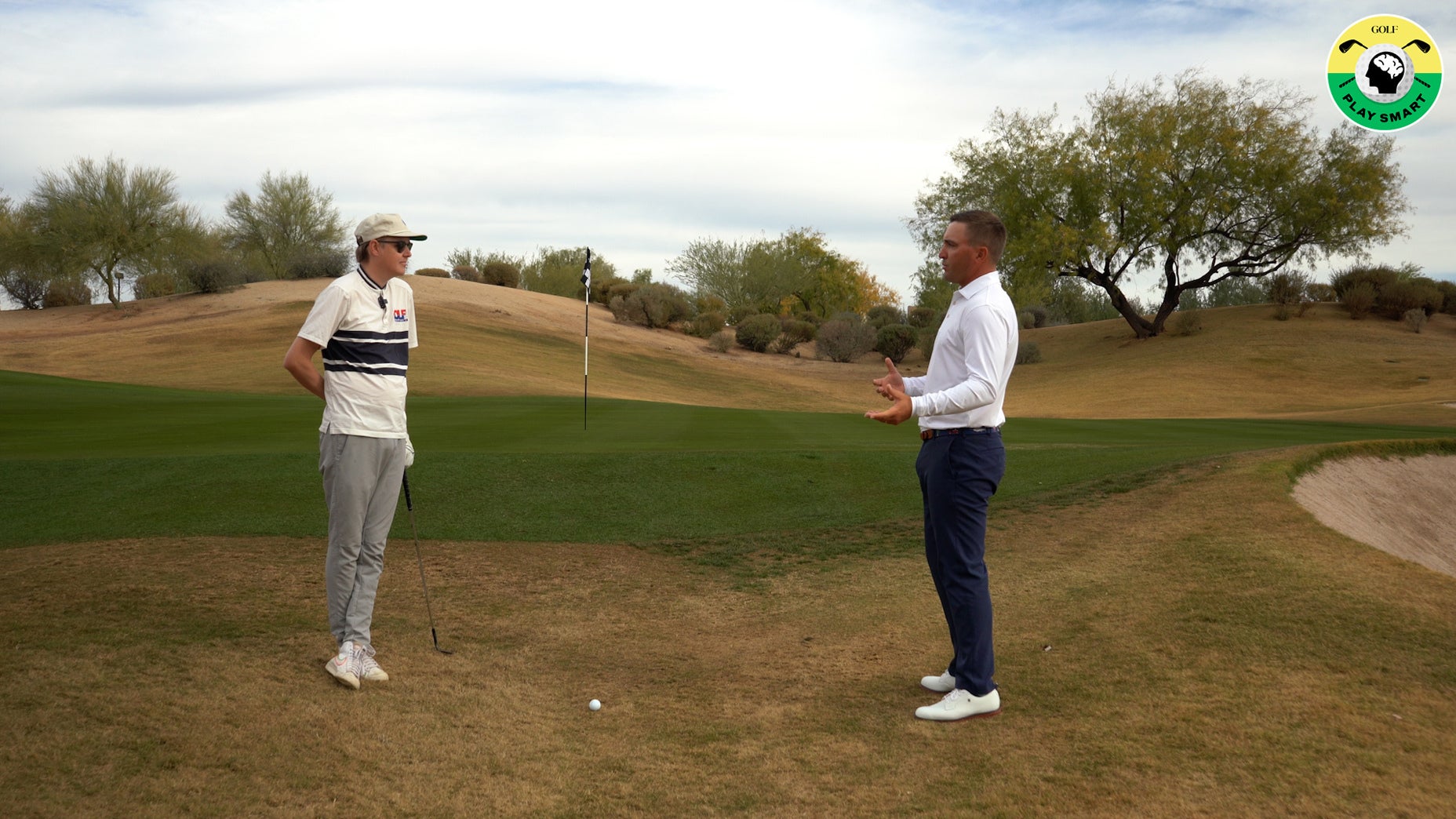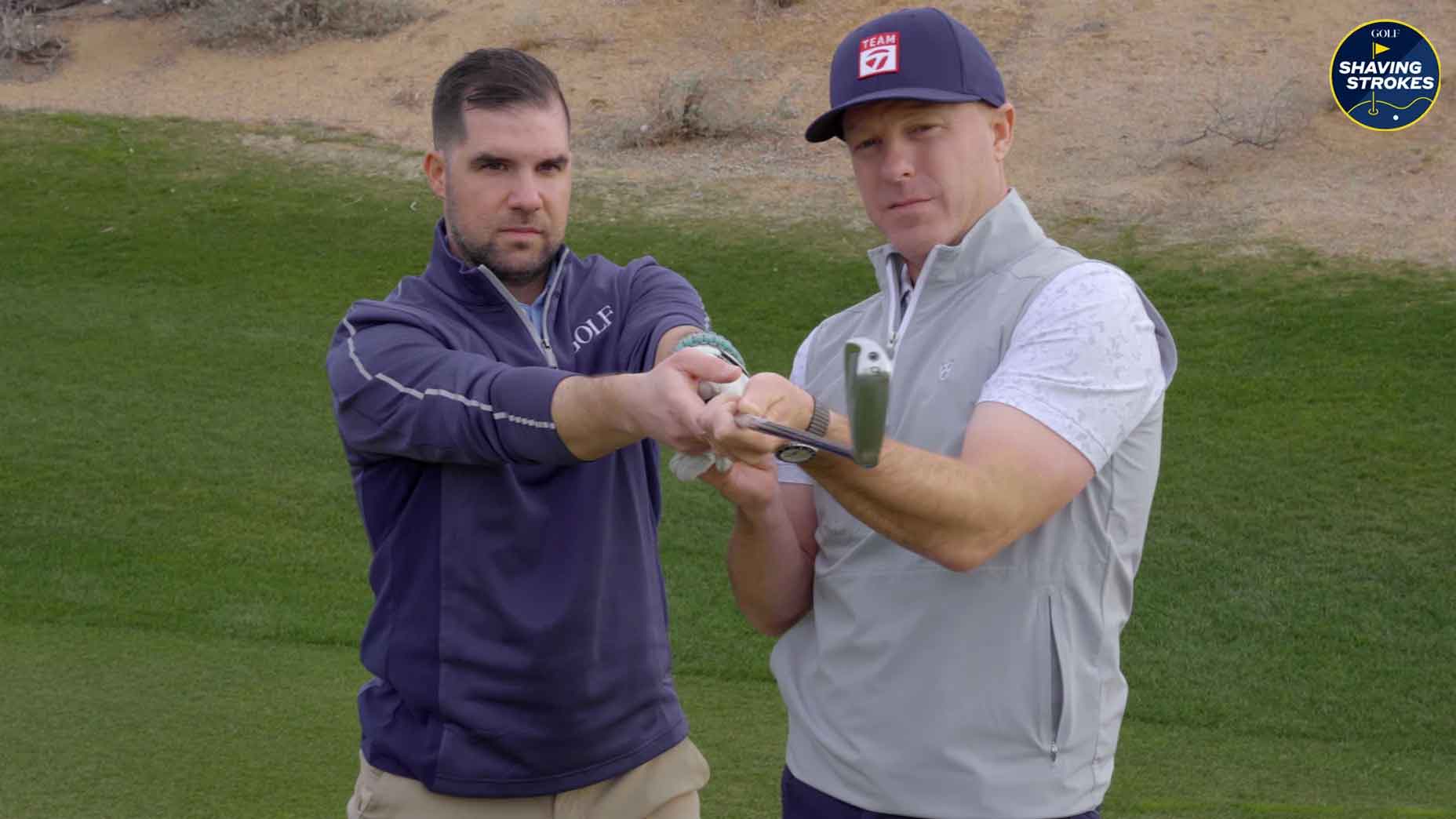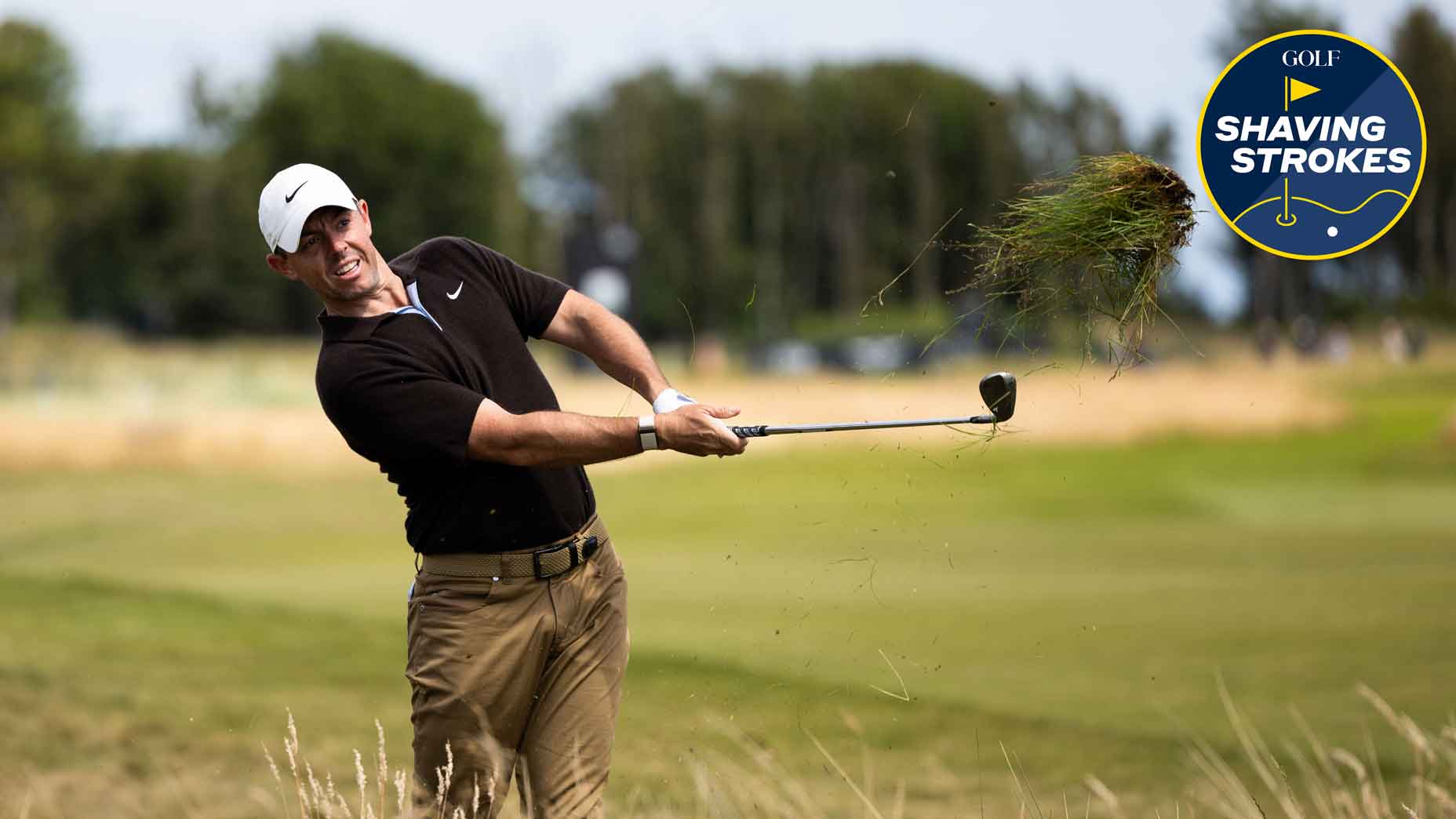 Upwind vs. downwind: How to master these tricky shots
Upwind vs. downwind: How to master these tricky shots
Use this easy drill to prevent early extension in your swing
Seventy percent of all golfers suffer from early extension, but 99 percent of Tour players don’t. That should tell you something about how damaging this swing error really is. Described in simple terms, early extension is any movement of your lower body toward the ball, relative to its starting position at address, during the swing. The most common iteration of early extension occurs between the top of the backswing and impact, when a poor weight shift or sequence forces your torso to rise up. As your upper body pulls away from the ball, your hips and legs thrust toward it. Expect an uncontrollable two-way miss along with a heavy dose of skulls and chunks.
Before you can correct early extension, you must determine whether it’s due to a physical limitation or a technical issue in your swing. When early extension is the result of a physical issue, it usually means you have limited mobility in your ankles, knees, hips and/or spine. It’s one of the reasons it’s so common for recreational golfers, because they spend more time sitting behind a desk.
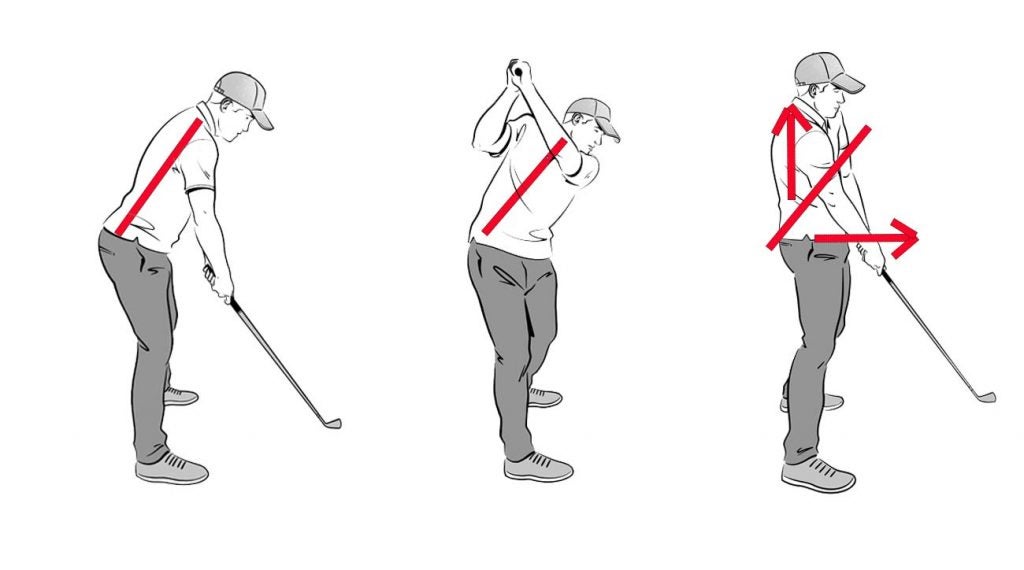
ADVERTISEMENT
Diagnosing early extension is easy—a simple squat test is all it takes. Here’s how: Stand with your feet pointing straight forward, about hip-width apart, with your hands behind your head. From there, squat down as far as you can. If you can’t break parallel or get your thighs past your knees without rounding your back or leaning forward, you are likely an early extender.
A common drill used by our GOLF Top 100 Teachers to prevent early extension is to make swings with your rear end against a wall. Keep your rear against the wall as you swing and you’ll feel what it’s like to stay in your posture and not extend early.
To receive GOLF’s all-new newsletters, subscribe for free here.
ADVERTISEMENT



